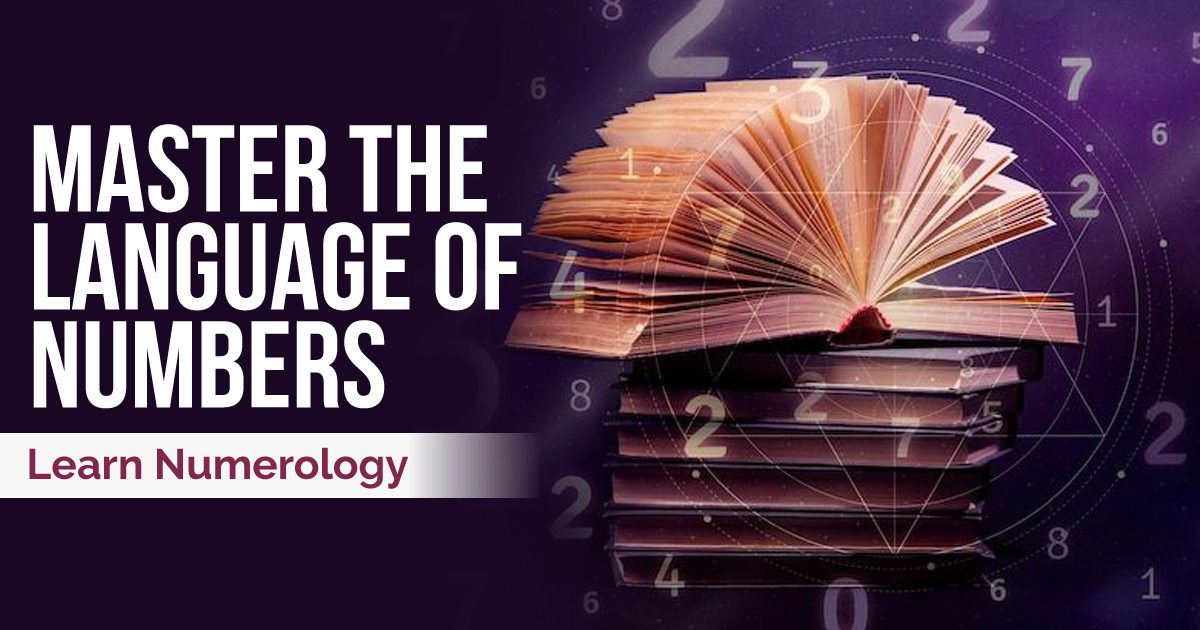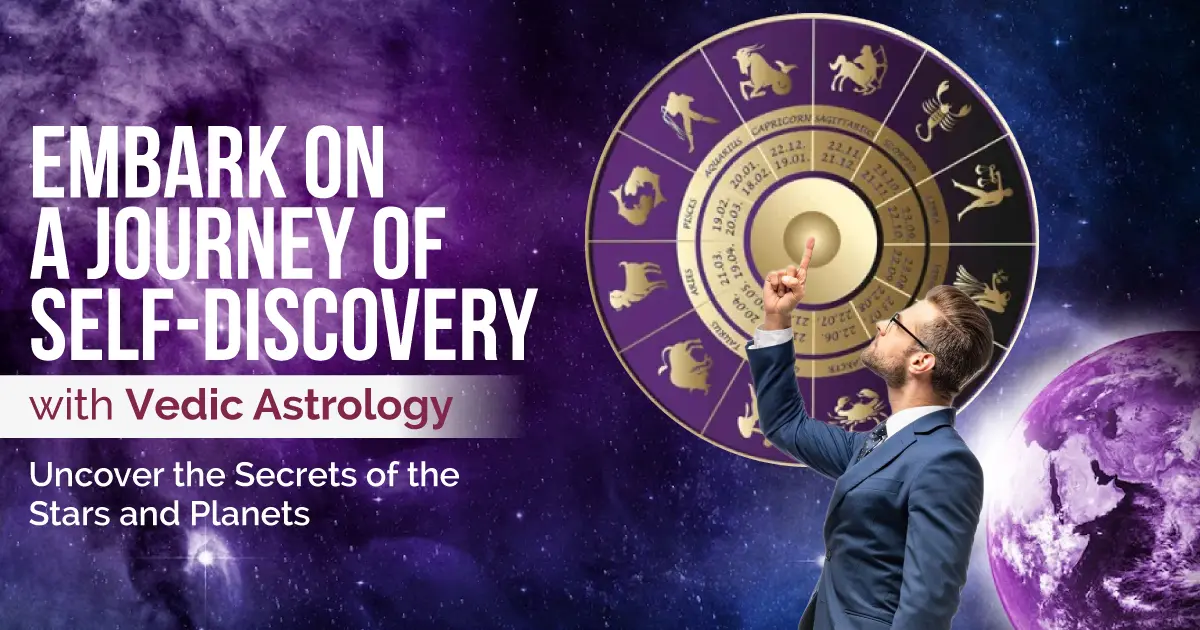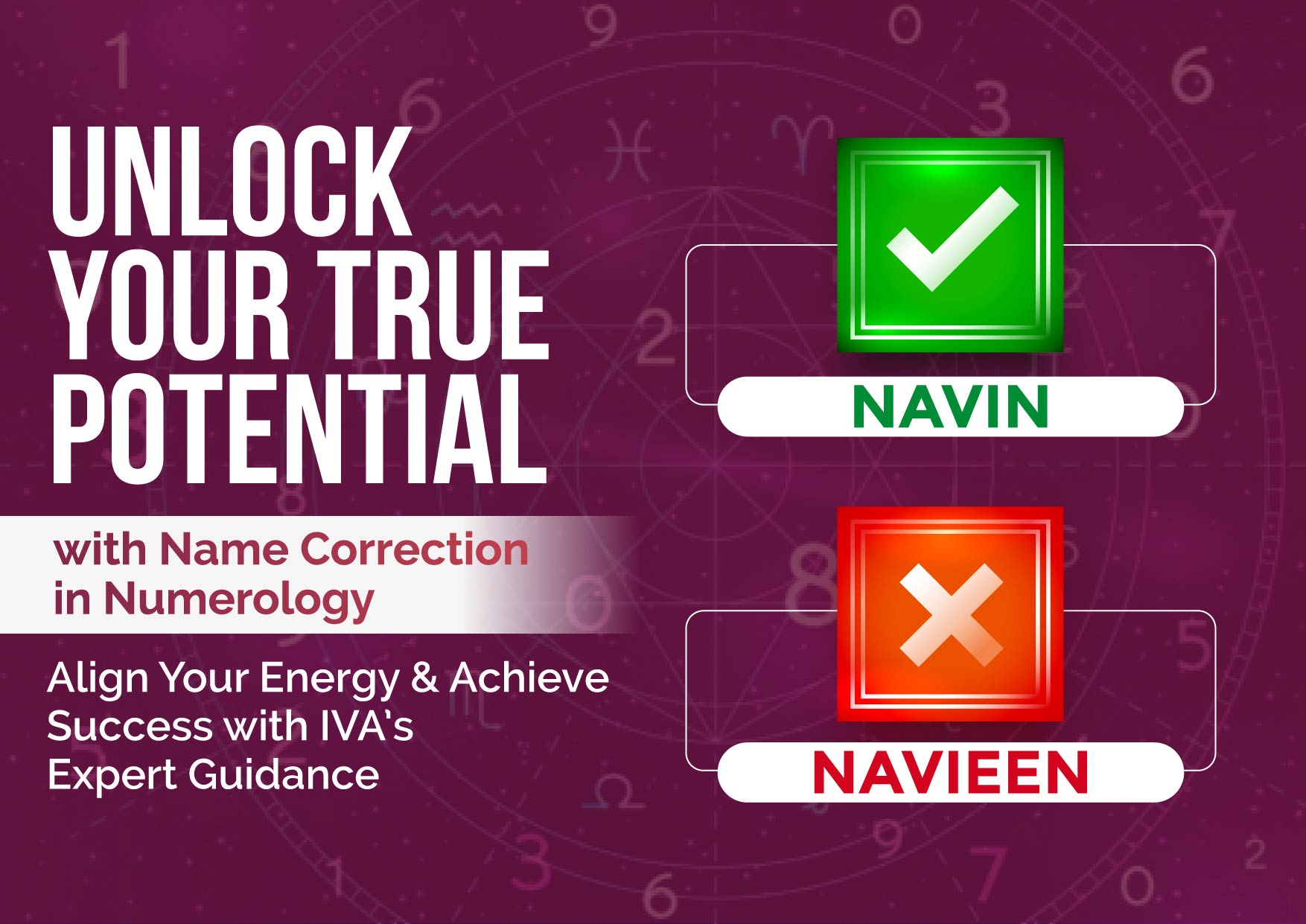What Are The First 8 Tarot Cards And What Do They Mean
By Aashish Patidar Aug 31 2021
It’s no surprise that many people have narrowed down tarot card reading to a woman dressed in robes and crystal jewellery, telling you something you don’t understand. The portrayal of tarot reading in movies is far different from reality.
In reality, tarot card reading is a way to guide people to connect with their higher selves. To start with the basics, there are a total of 78 tarot cards divided into two groups- Major Arcana and Minor Arcana. While Minor arcana have minor effects on your day-to-day life, Major arcade paints a larger picture.
In this blog, we are going to study the first 8 tarot cards out of the total 22 in the Major Arcana. Every card tells a different story and guides you in a certain way. So, let’s dive in:
Card 1 - The Fool
The fool is the first card in the deck, and as the number zero, this card is also full of potential. On this card, the young man portrayed looks open to opportunities. However, looking above the sky and being unaware of what lies ahead of him also represents his immaturity and lack of experience.
A fool card is a reminder or advice to start something new in life without overthinking the consequences. That is how you gain experience, and that is why the fool card is the first card in the deck.
Card 2 - The Magician
If we look at a conventional image of a magician, we can see the confidence with which a magician can woo the crowd. This card represents confidence and skills to master a craft.
If this card shows in your tarot reading, it advises you to be confident about your creativity and stop holding yourself back. It can also signify the start of your creative journey.
Card 3 - The High Priestess
As the name suggests, the high priestess expresses the height of human intellect and spirituality. An upright card encourages you to stick to your spiritual pathway and avoid distractions for the greater good. But the reversed priestess alarms to balance your life between both the materialistic and eternal world.
Card 4 - The Empress
The Empress, also called the Laxmi card, is focused on femininity. The card displays a blond woman with a calm face sitting on a luxurious cushion. The trees behind her represent her deep connection with mother nature and her nurturing ability.
An upright Empress signifies the abundance of wealth and luxury you have in your life. It could be tangible like money or intangible like creativity. Nevertheless, the card celebrates your connection with your feminine side. However, a reversed empress encourages you to practice self-love and make yourself a priority.
Card 5 - The Emperor
The Emperor card symbolizes masculinity and power. It reminds you to hold authority in your life and be firm with your decisions. An upright emperor denotes that you have a protective and supporting position in your life. Be it taking care of your family or running a business, the card positions you as the ‘king’ of your life.
While the reversed Emperor represents ego and over-authoritative nature. It insists on introspecting the relationships that you might jeopardize because of your assertive nature.
Card 6 - The Hierophant
Just like the Priestess, the Hierophant also represents spirituality, knowledge, and wisdom who guide others towards spirituality. It denotes a deep commitment towards things like marriage or religion.
An upright Hierophant advises you always to be a curious learner and live under the guidance of mentors in your respective fields. On the contrary, a reversed hierophant urges you to be your own mentor, no matter how tough your journey gets.
Card 7 - The Lovers
The arrival of the lover's card shows that you have a deep meaningful connection with a loved one. On a deeper level, it reflects the connection you have with your values and beliefs. An upright lover’s card advises you to study your options and make the right choice.
While a reversed lover’s card sheds a light on your strained relationships and advises you to mend those connections with communication and trust.
Card 8 - The Chariot
Also known as the Arjuna card, the chariot reinforces the power of human intellect and determination. The card also indicates an upcoming professional success.
An upright chariot motivates you to practice your willpower and fulfil your duty. On the other hand, a reversed chariot can be a warning that you are letting the difficulties take over your goal and you need to focus on your determination more.
Every tarot card is like a stage that transforms or warns a person for the better. As the first 8 cards give insight about spirituality, temperament, and love, there are many more cards to learn about as you move ahead.
Wondering what comes cards comes next in the deck? Continue reading our upcoming blogs. If you’re amazed by the wonders of tarot reading and want to learn this amazing art, join our tarot reading course and explore the world of the oldest forms of psychic reading.
For more details on distance learning and video courses on Tarot Reading, visit our website: - https://www.ivaindia.com
Or Call Us at (Toll-free India): 1800-212-1184
USA (International Toll-free): +1 206 452 3451
Search
Recent Post
-
How to learn numerology: a step-by-step guide for beginners
 Numbers are more than just digits - they hold secr...Read more
Numbers are more than just digits - they hold secr...Read more -
Learn vedic astrology for beginners: unlock the ancient wisdom with iva
 Are you intrigued by the mysteries of the cosmos? ...Read more
Are you intrigued by the mysteries of the cosmos? ...Read more -
Diploma in astrology through distance education: unlock your potential with iva
 Astrology has been a guiding force for centuries, ...Read more
Astrology has been a guiding force for centuries, ...Read more -
Understanding the 12 houses of astrology: unlocking your path to self-discovery with iva
 Astrology is an ancient science that helps us bett...Read more
Astrology is an ancient science that helps us bett...Read more -
Name correction in numerology: unlock your true potential with iva
 In today’s fast-paced world, many individuals seek...Read more
In today’s fast-paced world, many individuals seek...Read more

